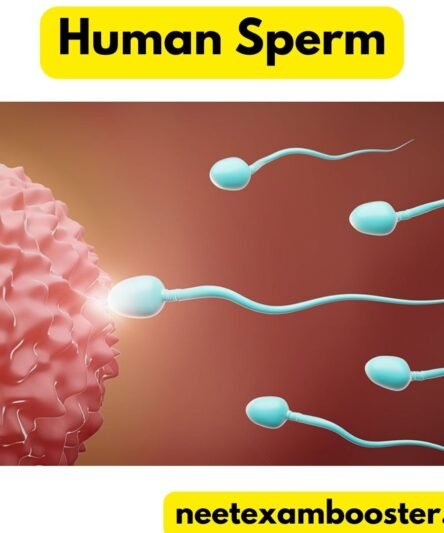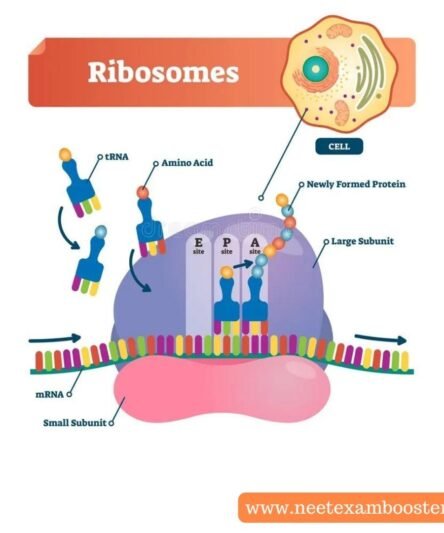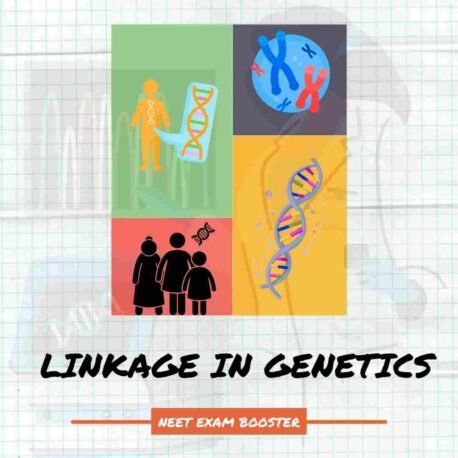Hydrogen important points : Hydrocarbons are the organic compounds made up of carbon and hydrogen, which can be found in natural or synthetic forms. They are used for the energy production, transportation, and various industrial applications.
Hydrocarbons can be classified as aliphatic or aromatic, and further subcategorized into the alkanes, alkenes, and alkynes. The extraction, production, and use of the hydrocarbons can have negative impacts on the environment and human health, and contributes to the climate change. Therefore, alternative sources of energy are being developed, such as the renewable energy sources and biofuels, and technologies such as carbon capture and storage are being used to reduce carbon footprint of hydrocarbons.
The future of hydrocarbons will depend on the advancements in technology, government policies, and societal attitudes towards energy consumption and environment.
Hydrogen important points, Hydrogen important points, Hydrogen important points, Hydrogen important points, Hydrogen important points, Hydrogen important points, Hydrogen important points, Hydrogen important points, Hydrogen important points, Hydrogen important points

NCERT Chemistry Class 11 Chapter 9 – Hydrogen important points 25 Important Points
There are 25 important points on hydrogen-
- Hydrocarbons are the organic compounds that are composed of the hydrogen and carbon atoms.
- They are found in both the natural and the synthetic forms.
- The simplest hydrocarbon is methane, which has one carbon atom and four hydrogen atoms bonded with four sigma bonds.
- Hydrocarbons can be divided into two main categories: aliphatic and aromatic.
- Aliphatic hydrocarbons are those that have straight or branched carbon chains, whereas the aromatic hydrocarbons contain a ring of carbon atoms.
- Aliphatic hydrocarbons can be further classified into three subcategories that is alkanes, alkenes, and alkynes.
- Alkanes are the saturated hydrocarbons that contain only single bonds between carbon atoms.
- Alkenes are the unsaturated hydrocarbons that contain at least one carbon-carbon double bond.
- Alkynes are the unsaturated hydrocarbons that contain at least one carbon-carbon triple bond.
- Aromatic hydrocarbons are those that contain a ring of carbon atoms, with the alternating double bonds.
- Hydrocarbons can be found in the natural gas, crude oil, and coal.
- Natural gas is primarily composed of methane, but can also contain other hydrocarbons such as the ethane, propane, and butane.
- Crude oil is a mixture of hydrocarbons that can be refined into various products such as the gasoline, diesel, and jet fuel.
- Hydrocarbons are used as fuel for the transportation, heating, and electricity generation.
- They are also used in production of plastics, chemicals, and pharmaceuticals.
- The combustion of the hydrocarbons produces carbon dioxide and water vapor.
- Hydrocarbons are a major contributor to the air pollution and climate change.
- The extraction, production, and transportation of hydrocarbons can have negative impacts on environment and human health.
- Hydrocarbons are the non-renewable resource, meaning that they will eventually run out.
- There is ongoing research and development into the alternative sources of energy to replace hydrocarbons.
- Renewable energy sources such as solar, wind, and hydro power are becoming increasingly popular.
- Biofuels, which are derived from organic matter such as corn or soybeans, are also being developed as an alternative to the hydrocarbons.
- The use of hydrocarbons is regulated by the governments and international organizations in order to mitigate their environmental and health impacts.
- There are various methods of reducing carbon footprint of hydrocarbons, such as carbon capture and storage (CCS) technology.
- The future of hydrocarbons will depend on the factors such as technological advancements, government policies, and societal attitudes towards environment and energy consumption.
Some Important Questions From Biology Class 11
| Chapter Name | Quiz Link |
| The Living World | Play Now |
| Biological Classification | Play Now |
| Plant Kingdom | Play Now |
| Animal Kingdom | Play Now |
| Morphology of flowering plants | Play Now |
| Anatomy of flowering plants | Play Now |
| Cell: the unit of life | Play Now |
| Biomolecules | Play Now |
| Cell Cycle and cell division | Play Now |
| Transport in Plants | Play Now |
| Structural organisation in Animals | Play Now |
| Mineral nutrition | Play Now |
| Photosynthesis in higher plants | Play Now |
| Respiration in plants | Play Now |
| Plant Growth and development | Play Now |
| Digestion and Absorption | Play Now |
| Breathing and Exchange of Gases | Play Now |
| Body fluids and circulation | Play Now |
| Excretory products and their elimination | Play Now |
| Locomotion and Movement | Play Now |
| Neural Control and Coordination | Play Now |
| Chemical Coordination and Integration | Play Now |
Some Important Questions From Biology Class 12
| Chapter Name | Quiz Link |
| Reproduction in organism | Play Now |
| Sexual reproduction in flowering plant | Play Now |
| Human reproduction | Play Now |
| Reproductive health | Play Now |
| Principles of inheritance and variation | Play Now |
| Molecular basis of inheritance | Play Now |
| Evolution | Play Now |
| Human health and disease | Play Now |
| Strategies for enhancement in food product | Play Now |
| Microbes in human welfare | Play Now |
| Biotechnology principles and processes | Play Now |
| Biotechnology and its application | Play Now |
| Organism and population | Play Now |
| Ecosystem | Play Now |
| Biodiversity and its conservation | Play Now |
| Environment issue | Play Now |



















